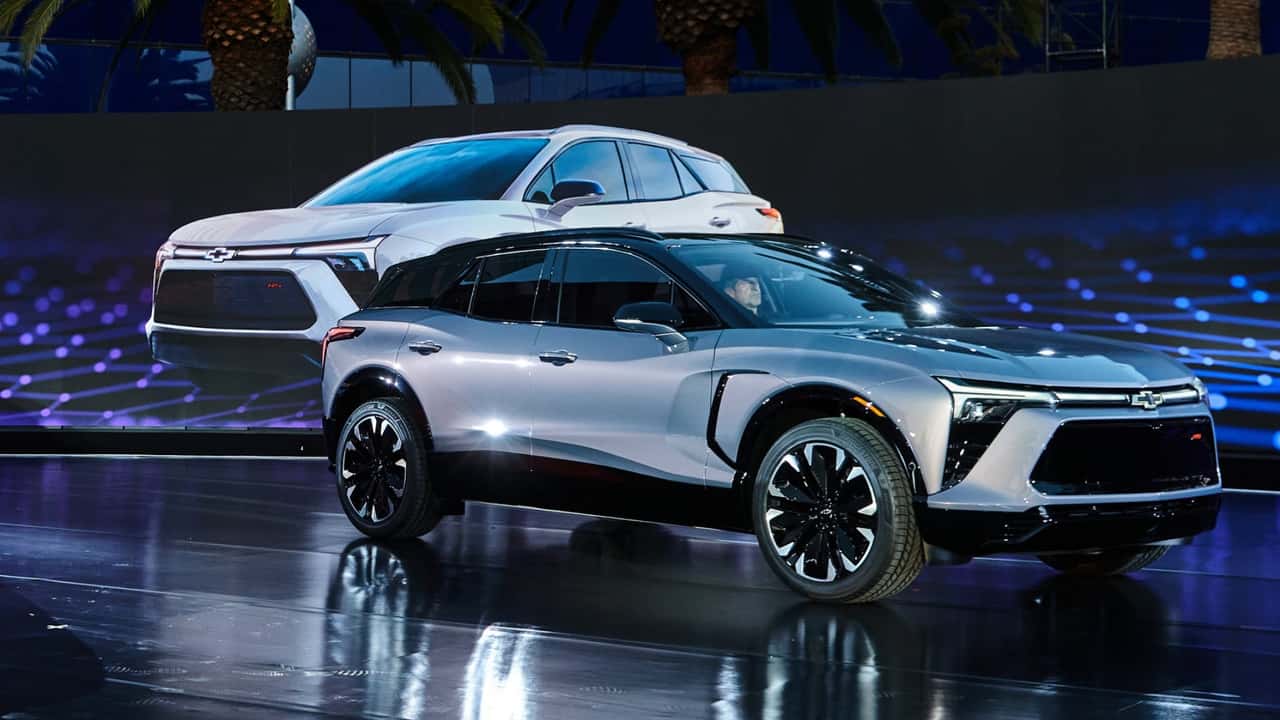The United Auto Workers’ strike on General Motors (GM), Ford, and Stellantis is now in its 21st day. The strike has been characterized by the looming presence of electric vehicles (EVs), as most EV battery plants in the US are not unionized, and future EVs may require fewer parts, labor, and jobs than conventional cars. However, a breakthrough was announced on Friday when UAW President Shawn Fain revealed that GM’s battery manufacturing will be placed under the UAW’s Master Agreement, ensuring that future battery jobs will be unionized. Fain described this as a “major breakthrough” that will change the future of the union and the industry. The agreement is significant because most battery plants serving Ford, GM, and Stellantis are not unionized, resulting in lower wages for workers. The UAW’s demands did not originally include battery plant unionization, but the prospect of lower wages in the EV-driven future prompted a significant concern among members. GM’s decision to include battery jobs in the union agreement also prevented a strike at the Arlington Assembly Plant in Texas, which would have impacted profits. The UAW is likely to continue pushing for battery plants to be covered under its agreements, as this victory with GM is expected to increase the union’s membership. The strike has highlighted the clash between the past and future, with workers feeling they made sacrifices during the Great Recession and their wages failing to keep up with inflation, while automakers post record profits and CEOs earn high compensation. The current UAW leadership is more militant than in the past, and the strike on all three automakers simultaneously is an unprecedented move. Automakers argue that the UAW’s pay raise demands could negatively impact their business, but the UAW is concerned about the inclusion of union labor in the EV future. Overall, this development marks a significant moment in the labor action within the auto industry and brings the EV world directly into the conflict.
UAW Agreement Represents a Significant Breakthrough as it Includes GM’s Battery Plants
The recent agreement reached between the United Auto Workers (UAW) and General Motors (GM) represents a significant breakthrough in the automotive industry. The deal, which includes provisions for the establishment of battery plants, holds tremendous potential in driving the transition towards electrification and fostering sustainable mobility solutions.
The importance of the UAW-GM agreement cannot be overstated, considering the growing consumer demand for electric vehicles (EVs) and the urgent need to reduce carbon emissions. As the global automotive landscape undergoes a paradigm shift towards greener alternatives, the establishment of battery plants takes center stage in addressing the challenges posed by traditional gasoline-powered vehicles.
The inclusion of battery plants in the agreement signals a clear commitment from GM to invest in the production of batteries, a vital component in the development of EVs. Batteries have long been acknowledged as the linchpin to making electric vehicles more accessible and affordable to the masses. The ability to produce high-quality batteries at competitive prices is crucial in accelerating the adoption of EVs on a global scale.
GM’s decision to incorporate battery plants into the agreement is not only a strategic move to meet consumer demand but also a response to the increasing competition in the EV market. With countries, including China and European Union members, imposing stricter emission regulations, automakers face the challenge of developing long-range, affordable electric vehicles. The establishment of battery plants internally allows GM to have better control over the production process, ensuring the quality and scalability of their EV offerings.
Furthermore, the inclusion of battery plants in the UAW agreement has substantial implications for the job market. The creation of these manufacturing facilities will not only provide employment opportunities for UAW members but also contribute to the revitalization of regional economies where these plants will be located. Jobs in the battery sector have the potential to stimulate economic growth, foster technological innovation, and address unemployment issues, particularly in areas that have traditionally relied on the automotive industry.
From an environmental standpoint, the inclusion of battery plants aligns with the broader sustainability goals set by the industry and governments worldwide. Electric vehicles offer a more sustainable alternative to conventional vehicles, as they produce zero tailpipe emissions and reduce the overall carbon footprint of transportation. By investing in battery plants, GM acknowledges the crucial role that the production of batteries plays in decarbonizing the automotive sector and mitigating climate change.
It is worth highlighting that this breakthrough agreement between UAW and GM sets a precedent for other automakers and labor unions to follow suit. As the demand for EVs continues to rise, other companies may be incentivized to establish their own battery plants, leading to a more significant and collaborative effort in advancing electric mobility. In doing so, industry players can contribute to a cleaner future and strive towards achieving sustainable transportation on a global scale.
In conclusion, the inclusion of GM’s battery plants in the recent UAW agreement represents a significant breakthrough in the automotive industry. This move underscores GM’s commitment to embracing the electric revolution and signifies the company’s recognition of the pivotal role batteries play in the transitioning to sustainable transportation. Beyond its environmental implications, this agreement has the potential to create jobs, boost regional economies, and inspire other industry stakeholders to join the movement towards electrification. By working together, automakers and labor unions can shape a greener and more sustainable future for the automotive industry and society as a whole.

